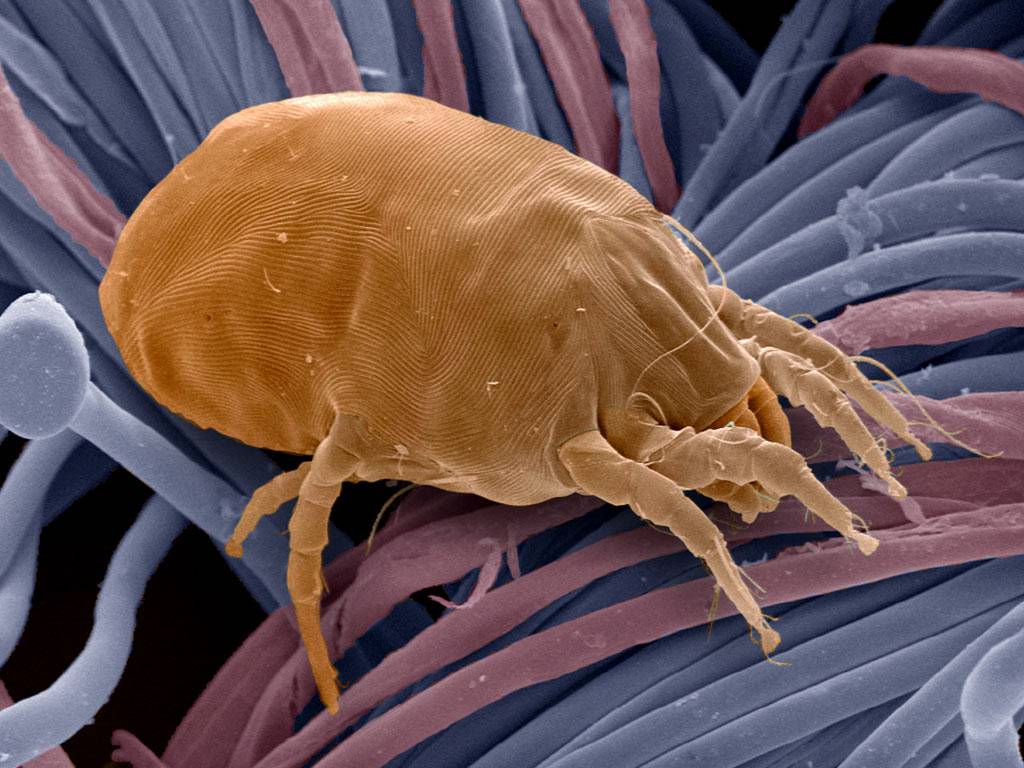 Sublingual immunotherapy (SLIT) can reduce exacerbations of asthma associated with dust mite allergens, according to a recent study published in the Journal of the American Medical Association.
Sublingual immunotherapy (SLIT) can reduce exacerbations of asthma associated with dust mite allergens, according to a recent study published in the Journal of the American Medical Association.
House dust mites are a common trigger of allergy-associated asthma, and up to 30% of all patients who are allergic to dust mites are non-responsive to inhaled corticosteroids, beta agonists, and other drug therapies.
SLIT, which involves daily sublingual exposure to highly dilute concentrations of an allergen, has proven effective in reducing the frequency and severity of allergic reactions to a number of common allergens. Until recently, however, it had not been tested in the context of dust mite asthma.
J. Christian Virchow and colleagues at the University of Rostock, Germany, explored the impact of SLIT in a cohort of 834 adults with confirmed dust mite-triggered asthma and related rhinitis, whose symptoms were not well controlled with inhaled corticosteroids.
The patients, seen at 109 centers across Europe, were randomized to once-daily treatment with a sublingual placebo (277 patients), or a low-dose (275 patients) or high-dose (282 patients) SLIT preparation of dust mite allergens. All were treated for a total of 6 months, and all were permitted to continue conventional drug therapies.
A total of 693 participants completed the full 6-month trial. Compared with the placebo group, both groups of SLIT patients showed small but significant reductiosn in moderate to severe asthma attacks over the 6 month period.
Dr. Virchow estimated that the absolute reduction at 6 months was “9 or 10 percentage points,” and there was no significant difference between the high and low-dose SLIT preparations (Virchow JC, et al. JAMA: 315 (6): 1715-25).
Though clearly not a definitive treatment for dust mite-related asthma, SLIT does represent a new adjunctive option for patients who are not getting substantial relief from conventional drug therapies. Virchow believes it is one well worth further exploration. He notes that, “among adults with house dust mite allergy–related asthma not well controlled by ICS, the addition of house dust mite SLIT to maintenance medications improved time to first moderate or severe asthma exacerbation during ICS reduction.”
The authors acknowledge that the current study has limitations, among them the fact that the 6-month study period was significantly shorter than the typical durations of immunotherapy, which sometimes extend to 3 years.
Still, the fact that dust mite SLIT did produce measurable changes in clinical outcomes after only 6 months, suggests that this approach does have promise.
END







